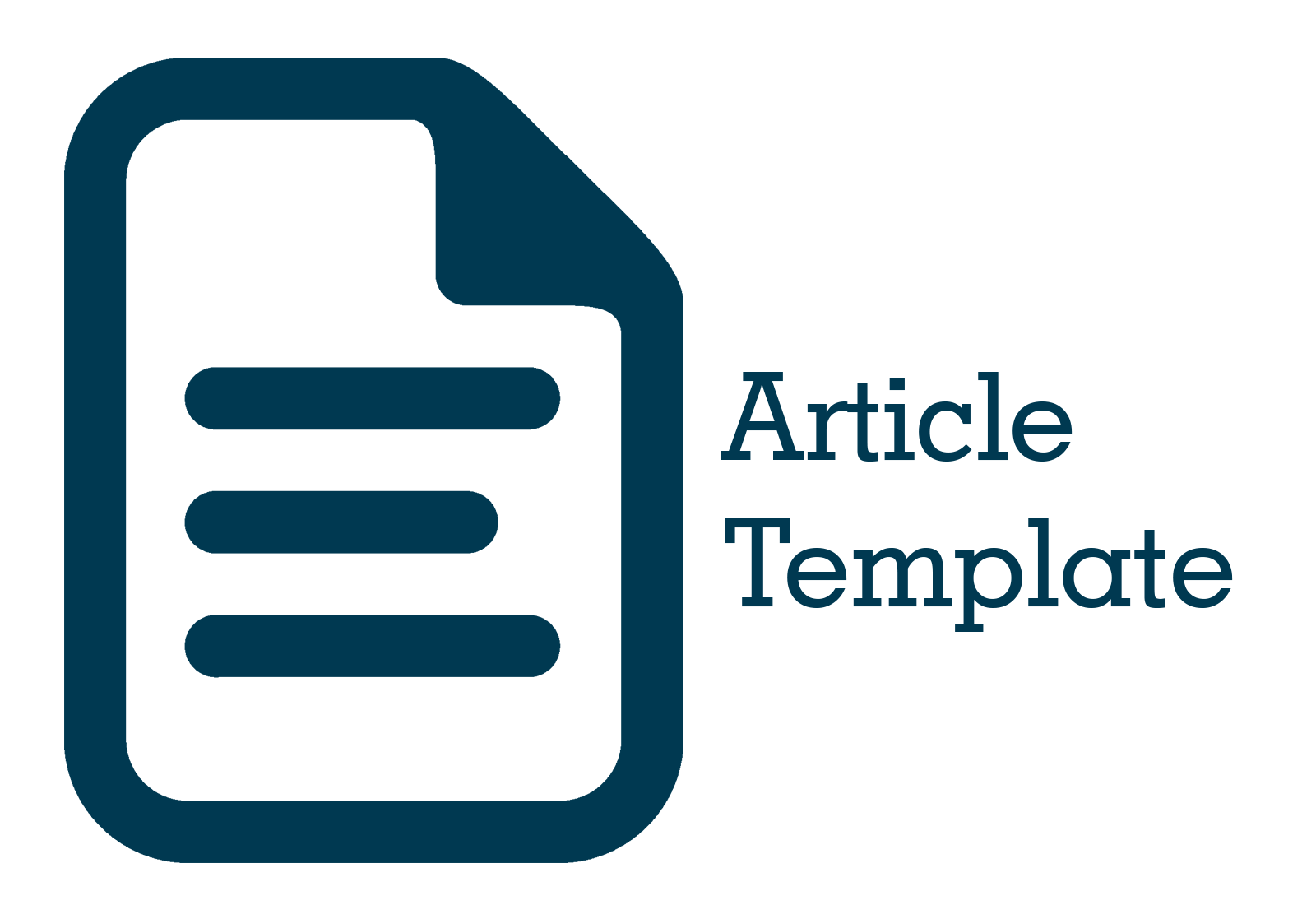The Power of Social Media in Shaping Social Development Policy Discourse: A Systematic Literature Review
Keywords:
Advocacy, Public Policy, Social Media, Social Development, DiscourseAbstract
This study examines the role of social media in shaping social development policy discourse through a systematic literature review. In the context of rapid globalization and the evolution of information technology, social media has become a vital communication tool that influences public opinion and government policies. By analyzing recent literature, this research finds that social media plays a significant role in disseminating information and increasing public participation in the policymaking process. Additionally, social media can serve as a platform for advocacy and mass mobilization on social issues such as poverty alleviation, gender equality, and human rights. Several studies indicate that social media has the potential to accelerate decision-making processes by enhancing government transparency and accountability. However, challenges remain, including the spread of misinformation and the polarization of opinions This research concludes that social media is an effective tool for shaping social development policy discourse when used strategically and responsibly. The practical implications of these findings highlight the need for well-planned digital communication strategies to maximize the positive potential of social media in the social development process.
References
Bonsón, E., Torres, L., Royo, S., & Flores, F. (2012). Local e-government 2.0: Social media and corporate transparency in municipalities. Government Information Quarterly, 29(2), 123-132. https://doi.org/10.1016/j.giq.2011.10.001
Dighe, A., & Wadhwa, S. (2016). Social media for policy discourse: A tool for good governance. Public Administration and Development, 36(4), 209-220. https://doi.org/10.1002/pad.1775
Effing, R., van Hillegersberg, J., & Huibers, T. (2011). Social media and political participation: Are Facebook, Twitter, and YouTube democratizing our political systems? In Electronic Participation (pp. 25-35). Springer. https://doi.org/10.1007/978-3-642-23333-3_3
Erkan, I., & Evans, C. (2016). The influence of eWOM in social media on consumers’ purchase intentions: An extended approach to information adoption. Computers in Human Behavior, 61, 47-55. https://doi.org/10.1016/j.chb.2016.03.003
Gil de Zúñiga, H., Molyneux, L., & Zheng, P. (2014). Social media, political expression, and political participation: Panel analysis of lagged and concurrent relationships. Journal of Communication, 64(4), 612-634. https://doi.org/10.1111/jcom.12103
Graham, T., & Hajru, A. (2011). Framing social policy discourses with social media platforms: An analysis of Twitter use in public policy deliberations. Policy & Internet, 3(4), 1-27. https://doi.org/10.2202/1944-2866.1130
Hermida, A., Lewis, S. C., & Zamith, R. (2014). Sourcing the Arab Spring: A case study of Andy Carvin’s sources on Twitter during the Tunisian and Egyptian revolutions. Journal of Computer-Mediated Communication, 19(3), 479-499. https://doi.org/10.1111/jcc4.12074
Kaplan, A. M., & Haenlein, M. (2010). Users of the world, unite! The challenges and opportunities of social media. Business Horizons, 53(1), 59-68. https://doi.org/10.1016/j.bushor.2009.09.003
Khan, M. L. (2017). Social media engagement: What motivates user participation and consumption on YouTube? Computers in Human Behavior, 66, 236-247. https://doi.org/10.1016/j.chb.2016.09.024
Kim, Y., & Hastak, M. (2018). Social network analysis: Characteristics of online social networks after a disaster event. International Journal of Disaster Risk Reduction, 28, 274-286. https://doi.org/10.1016/j.ijdrr.2018.03.009
Panagiotopoulos, P., Bowen, F., & Brooker, P. (2017). The use of Twitter by UK local authorities: Discourses, practices, and challenges. Government Information Quarterly, 34(2), 473-480. https://doi.org/10.1016/j.giq.2017.05.022
Samuel-Azran, T., Yarchi, M., & Wolfsfeld, G. (2015). Aristocrats or anarchists? Social media usage patterns among elite and grassroots activists in the Arab Spring protests. Journal of Communication, 65(5), 802-819. https://doi.org/10.1111/jcom.12181
Sandoval-Almazan, R., & Gil-Garcia, J. R. (2014). Towards cyberactivism 2.0? Understanding the use of social media and other information technologies for political activism and social movements. Government Information Quarterly, 31(3), 365-378. https://doi.org/10.1016/j.giq.2013.10.016
Valenzuela, S. (2013). Unpacking the use of social media for protest behavior: The roles of information, opinion expression, and activism. American Behavioral Scientist, 57(7), 920-942. https://doi.org
Downloads
Published
Issue
Section
License
Copyright (c) 2024 Choirul Anam (Author)

This work is licensed under a Creative Commons Attribution 4.0 International License.


